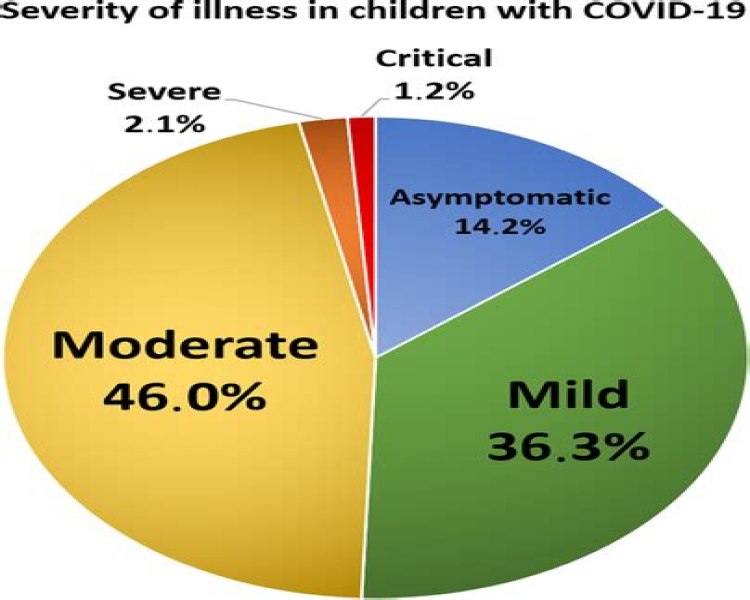Authors: Aurélie Najm1, http://orcid.org/0000-0003-1105-5640Alessia Alunno2, Xavier Mariette3,4, http://orcid.org/0000-0001-6612-7336Benjamin Terrier5,6, http://orcid.org/0000-0003-2406-161XGabriele De Marco7,8, Jenny Emmel9, Laura Mason9, Dennis G McGonagle7,10 and http://orcid.org/0000-0002-8411-7972Pedro M Machado11,12,13
Abstract
Background The SARS-CoV-2 pandemic is a global health problem. Beside the specific pathogenic effect of SARS-CoV-2, incompletely understood deleterious and aberrant host immune responses play critical roles in severe disease. Our objective was to summarise the available information on the pathophysiology of COVID-19.
Methods Two reviewers independently identified eligible studies according to the following PICO framework: P (population): patients with SARS-CoV-2 infection; I (intervention): any intervention/no intervention; C (comparator): any comparator; O (outcome) any clinical or serological outcome including but not limited to immune cell phenotype and function and serum cytokine concentration.
Results Of the 55 496 records yielded, 84 articles were eligible for inclusion according to question-specific research criteria. Proinflammatory cytokine expression, including interleukin-6 (IL-6), was increased, especially in severe COVID-19, although not as high as other states with severe systemic inflammation. The myeloid and lymphoid compartments were differentially affected by SARS-CoV-2 infection depending on disease phenotype. Failure to maintain high interferon (IFN) levels was characteristic of severe forms of COVID-19 and could be related to loss-of-function mutations in the IFN pathway and/or the presence of anti-IFN antibodies. Antibody response to SARS-CoV-2 infection showed a high variability across individuals and disease spectrum. Multiparametric algorithms showed variable diagnostic performances in predicting survival, hospitalisation, disease progression or severity, and mortality.
Conclusions SARS-CoV-2 infection affects both humoral and cellular immunity depending on both disease severity and individual parameters. This systematic literature review informed the EULAR ‘points to consider’ on COVID-19 pathophysiology and immunomodulatory therapies.http://creativecommons.org/licenses/by-nc/4.0/
This is an open access article distributed in accordance with the Creative Commons Attribution Non Commercial (CC BY-NC 4.0) license, which permits others to distribute, remix, adapt, build upon this work non-commercially, and license their derivative works on different terms, provided the original work is properly cited, appropriate credit is given, any changes made indicated, and the use is non-commercial. See: http://creativecommons.org/licenses/by-nc/4.0/.
For More Information: https://rmdopen.bmj.com/content/7/1/e001549
